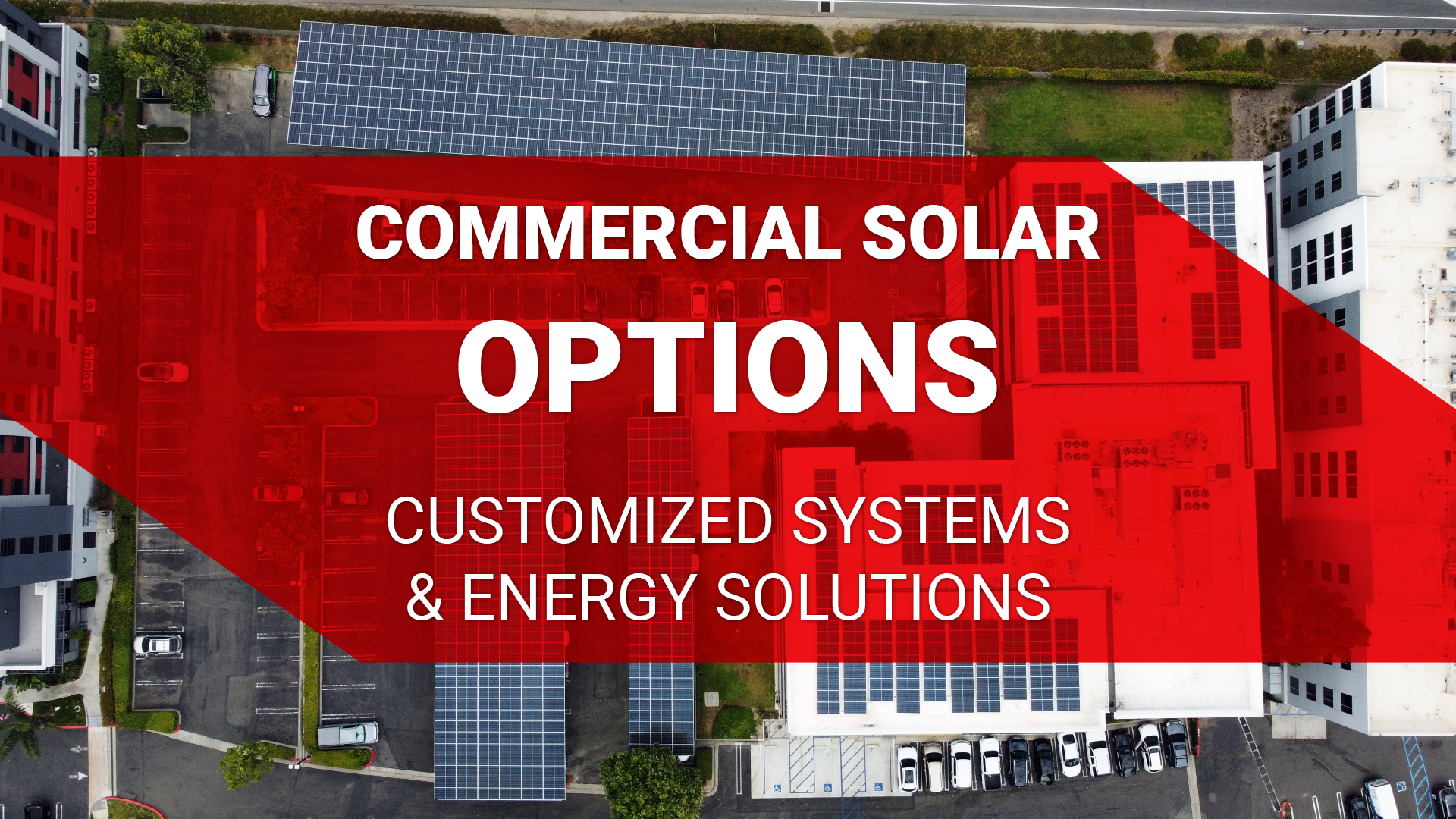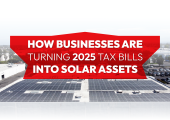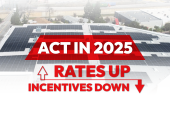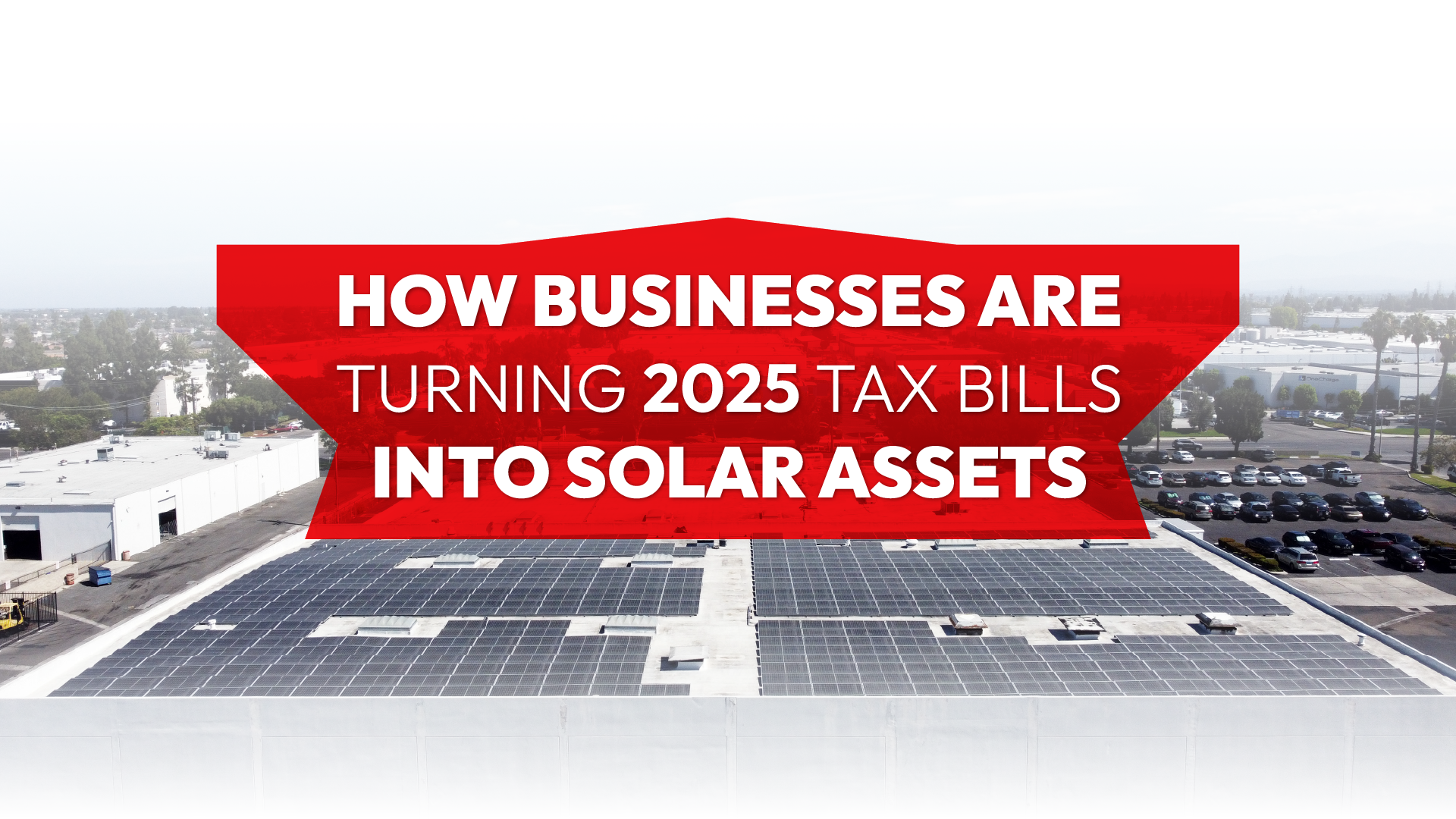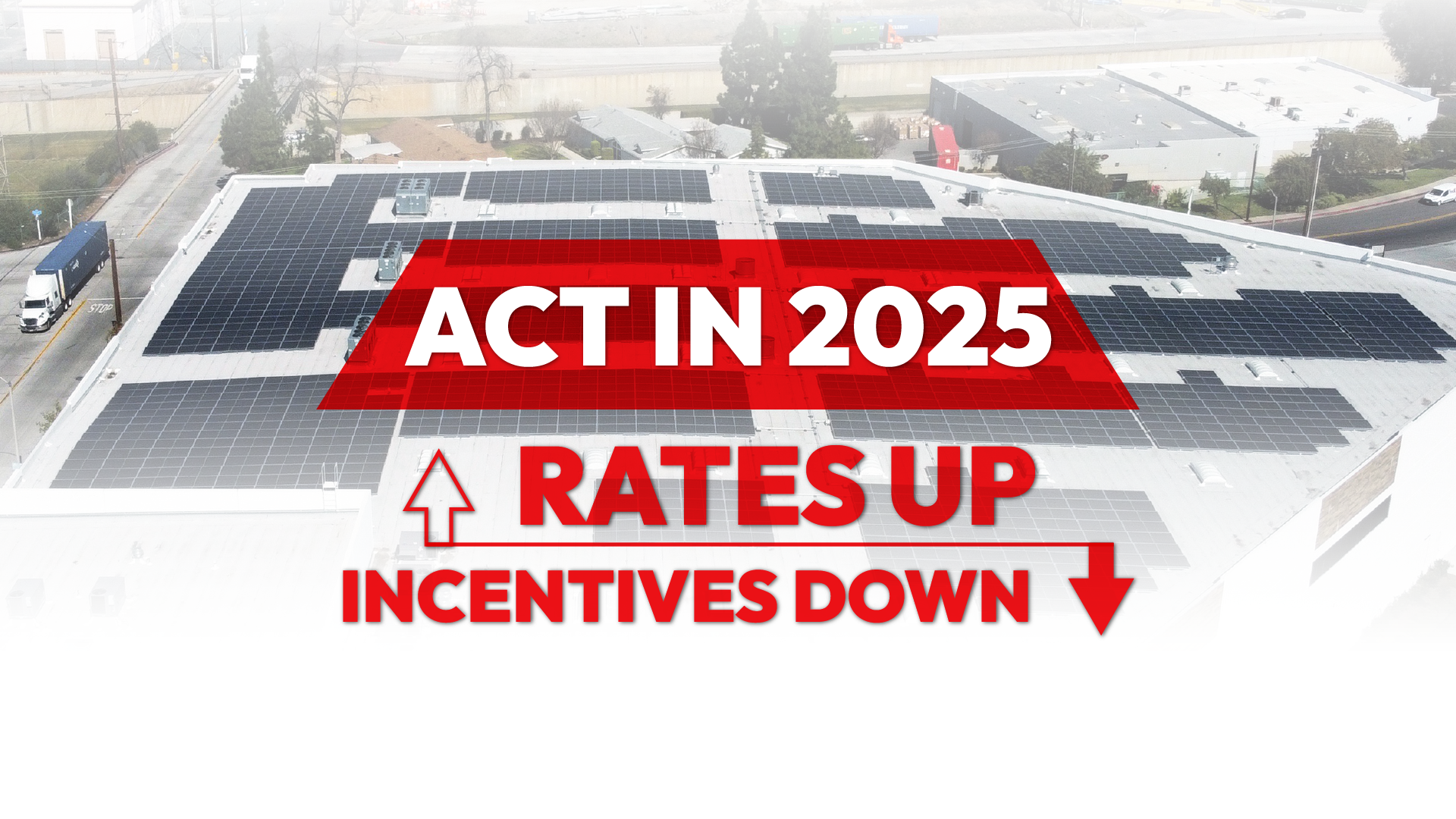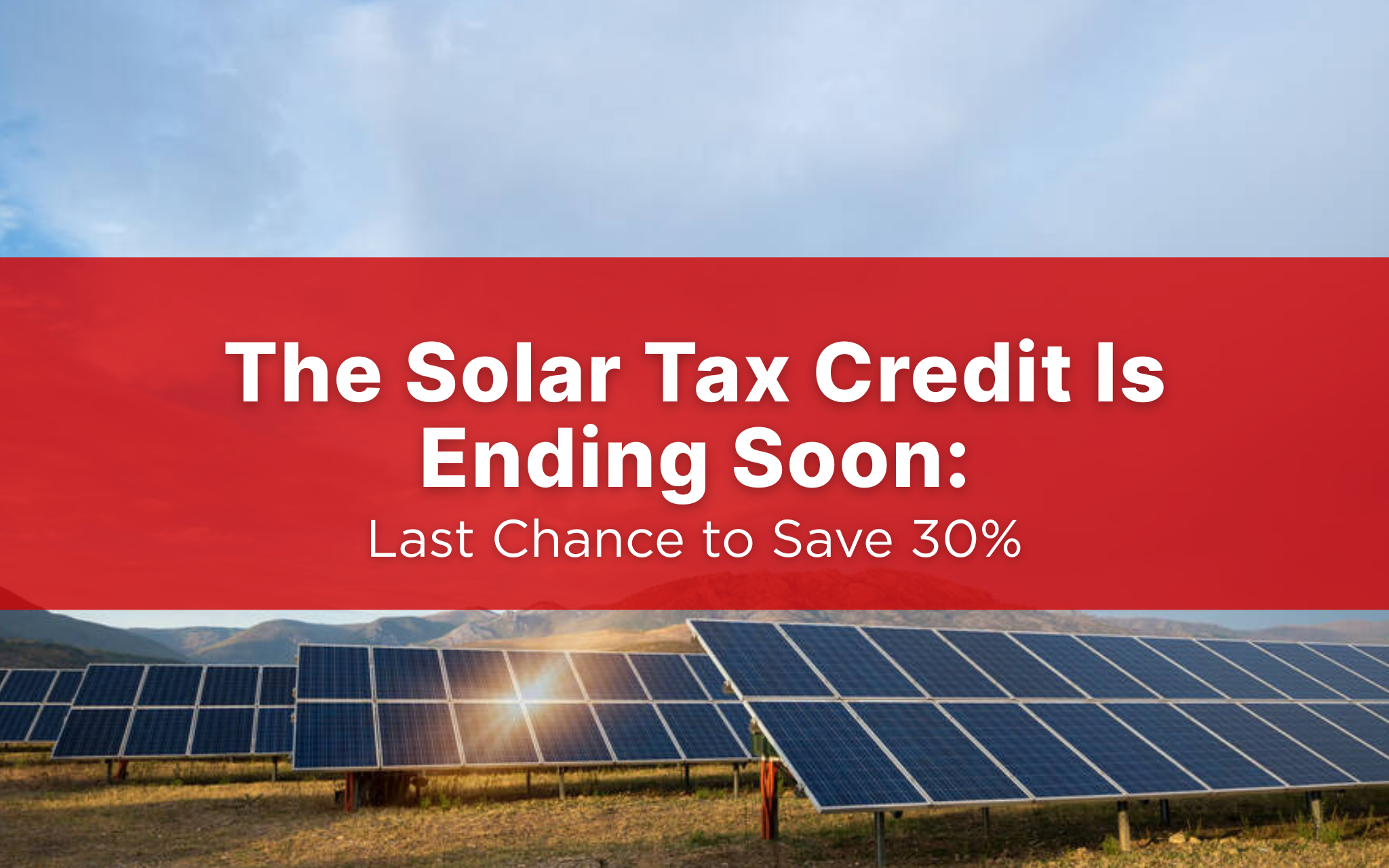Commercial Solar Options: Customized Systems & Energy Solutions
Sustainability is no longer a trend—it’s a necessity for forward-thinking companies. From large industrial facilities to small businesses, organizations are turning to commercial solar options as a reliable, scalable path to cleaner operations. Not only does solar reduce your carbon footprint, but it also delivers real financial value through lower electricity bills, additional savings, and improved energy efficiency.
With modern solar installation systems, businesses can future-proof their energy strategy while contributing to a more sustainable economy.
Understanding the Range of Commercial Solar Options
In the United States, rooftop commercial solar capacity has grown at a 12% compound annual growth rate (CAGR) over the past five years. However, when exploring commercial solar, it’s essential to understand that no one-size-fits-all solution exists. The project size, project type, energy usage patterns, available space, and regional regulations all influence the best choice for your facility.
Below are the most common commercial solar options available today:
1. Rooftop Solar Panel Systems
Ideal for facilities with sufficient roof space, especially those with flat roofs, rooftop solar panel systems offer a straightforward way to offset electricity costs. They can be installed on a wide variety of structures and allow companies to utilize existing infrastructure for electricity generation without occupying land.
Benefits include:
- Immediate reduction in utility costs
- Access to tax benefit programs like the federal investment tax credit
- Minimal disruption during installation
- Low annual maintenance requirements.
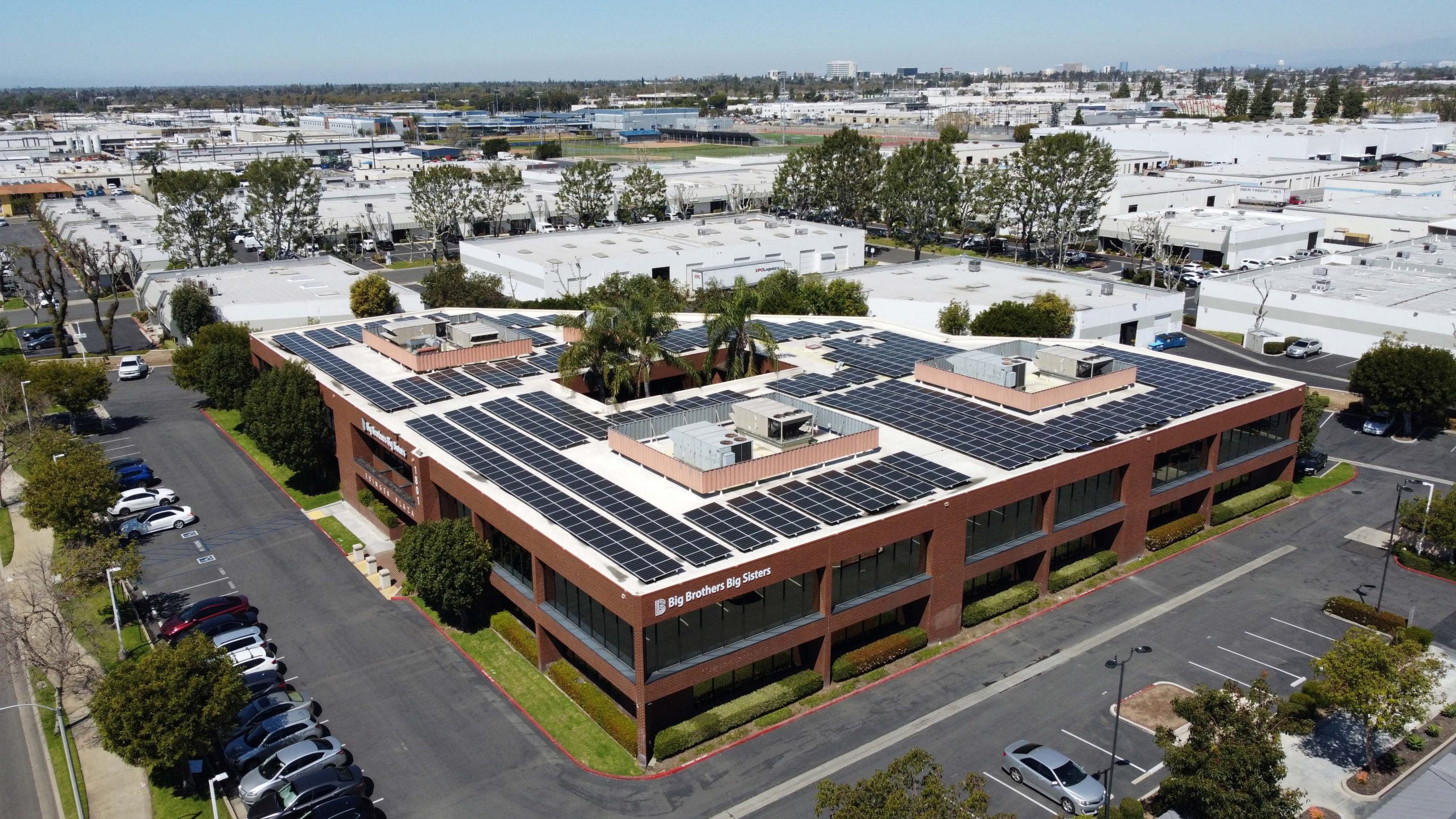
2. Ground-Mounted Solar Systems
When rooftop space is limited—or when energy needs exceed roof capacity—ground-mounted systems provide an excellent alternative. These installations offer greater flexibility in orientation, spacing, and performance optimization. They are especially well-suited to agricultural and industrial operations with available land and high electricity demand.
Advantages include:
- Easier access for proper maintenance
- Scalability to support large solar projects
- Ideal tilt and direction for maximum sun exposure.
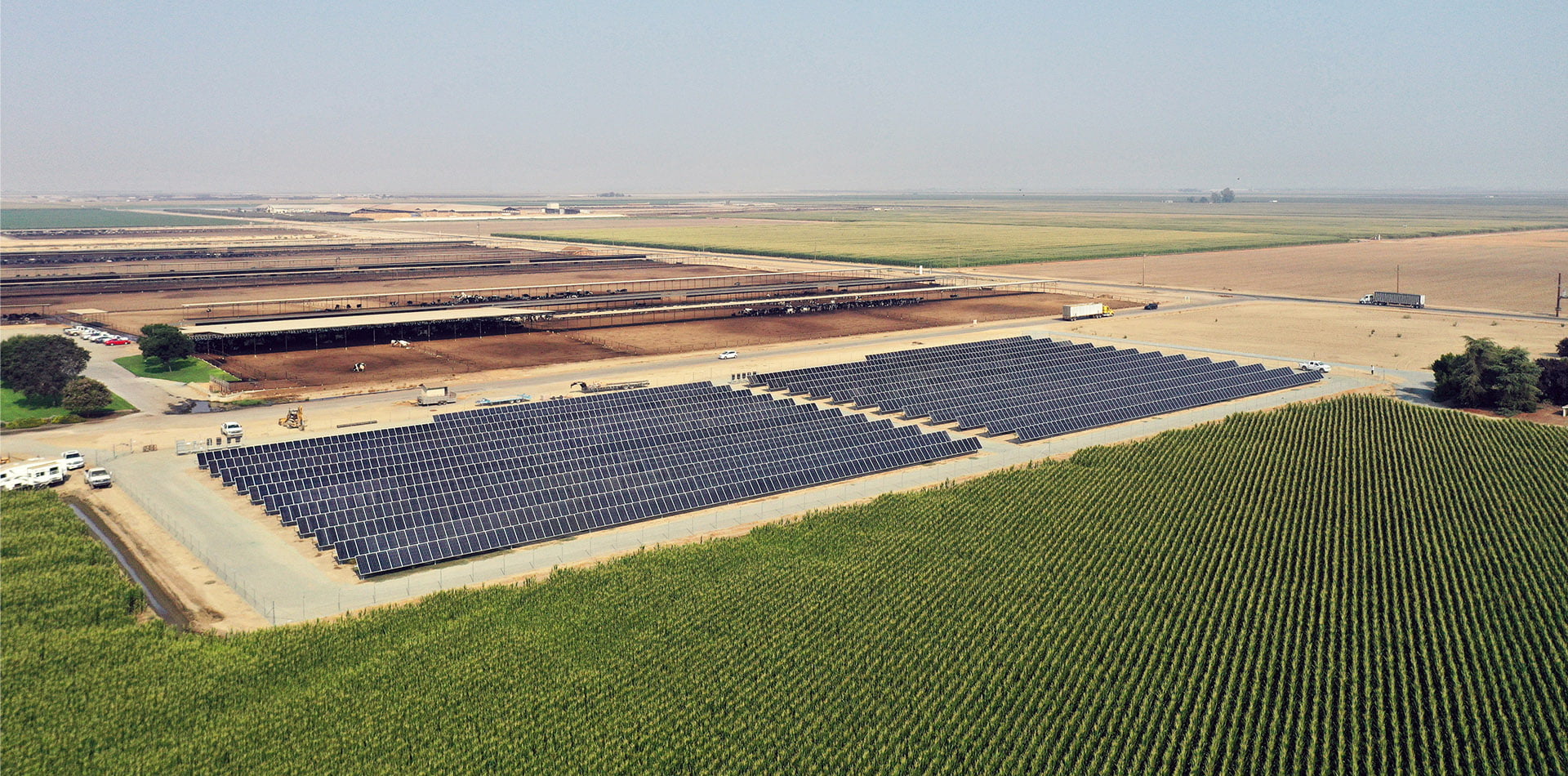
3. Solar Plus Battery Storage Systems
The integration of solar and battery storage systems has become increasingly popular among businesses seeking to enhance energy resilience and reduce operational costs. These kinds of systems allow them to store excess generation and access back-up power during outages or peak rate periods.
This combination supports:
- Enhanced resiliency against power outages
- Improved control over electricity bills
- Efficient use of electric systems during high-demand times
- Decreased reliance on the utility grid.
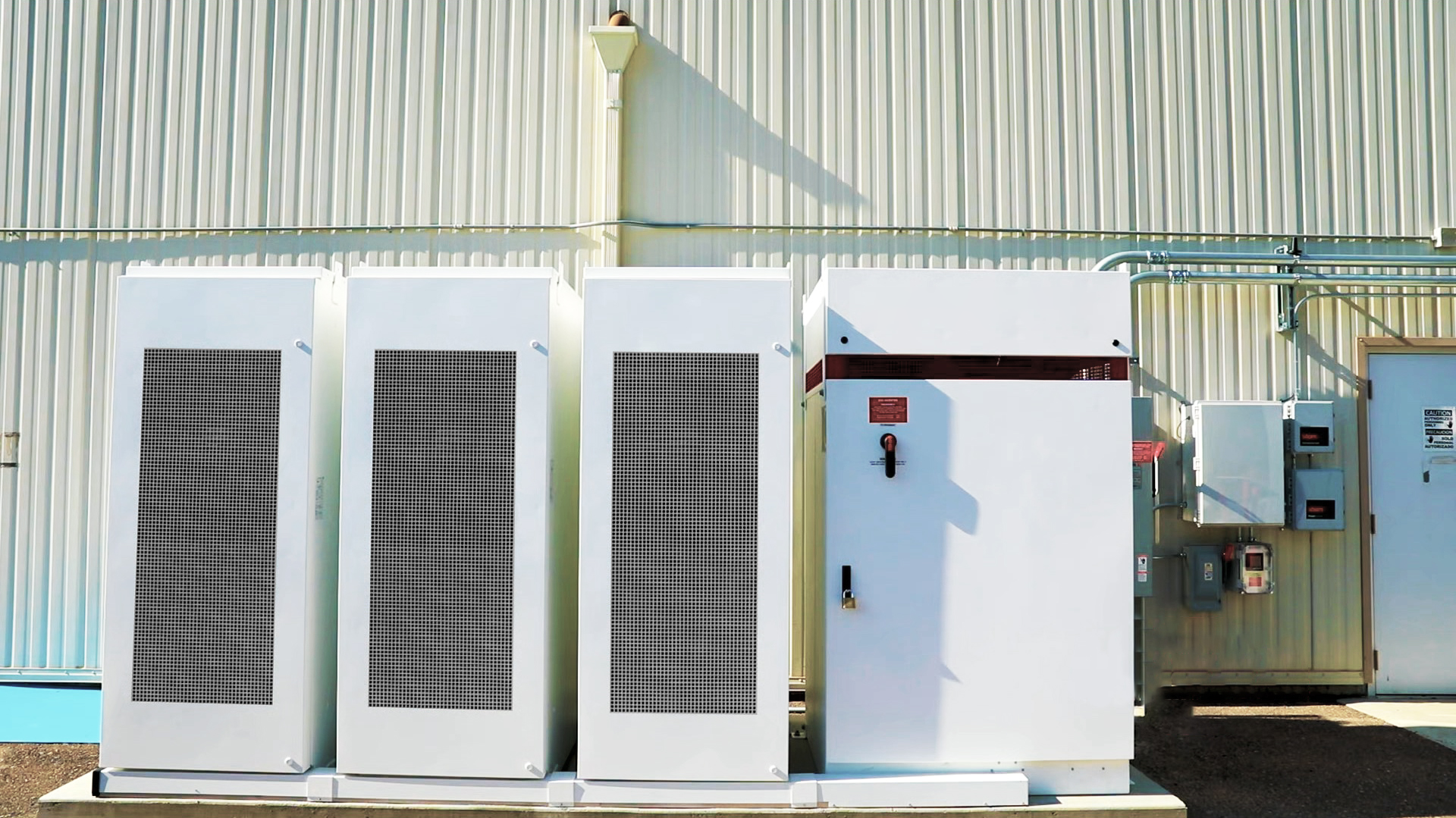
4. Power Purchase Agreements (PPAs)
For those seeking to avoid large upfront costs, financial flexibility is key. A Power Purchase Agreement allows commercial users to benefit from solar energy without a major capital investment. Under a PPA, a third party owns the system and sells the electricity to the business at a negotiated rate—typically below local electricity prices.
Key benefits include:
- No capital expenditure
- Predictable electricity rate
- Simplified solar installation process
- Maintenance and monitoring in most agreements.
5. Operating Leases
Another flexible financing route is through operating leases. Typically lasting between 20 and 30 years, they give businesses the ability to lease a solar system for a set lease term, with options to purchase the system later or renew the lease.
Advantages include:
- Reduced operating costs
- No ownership risk during the early years
- Possible eligibility for additional savings and solar incentives.
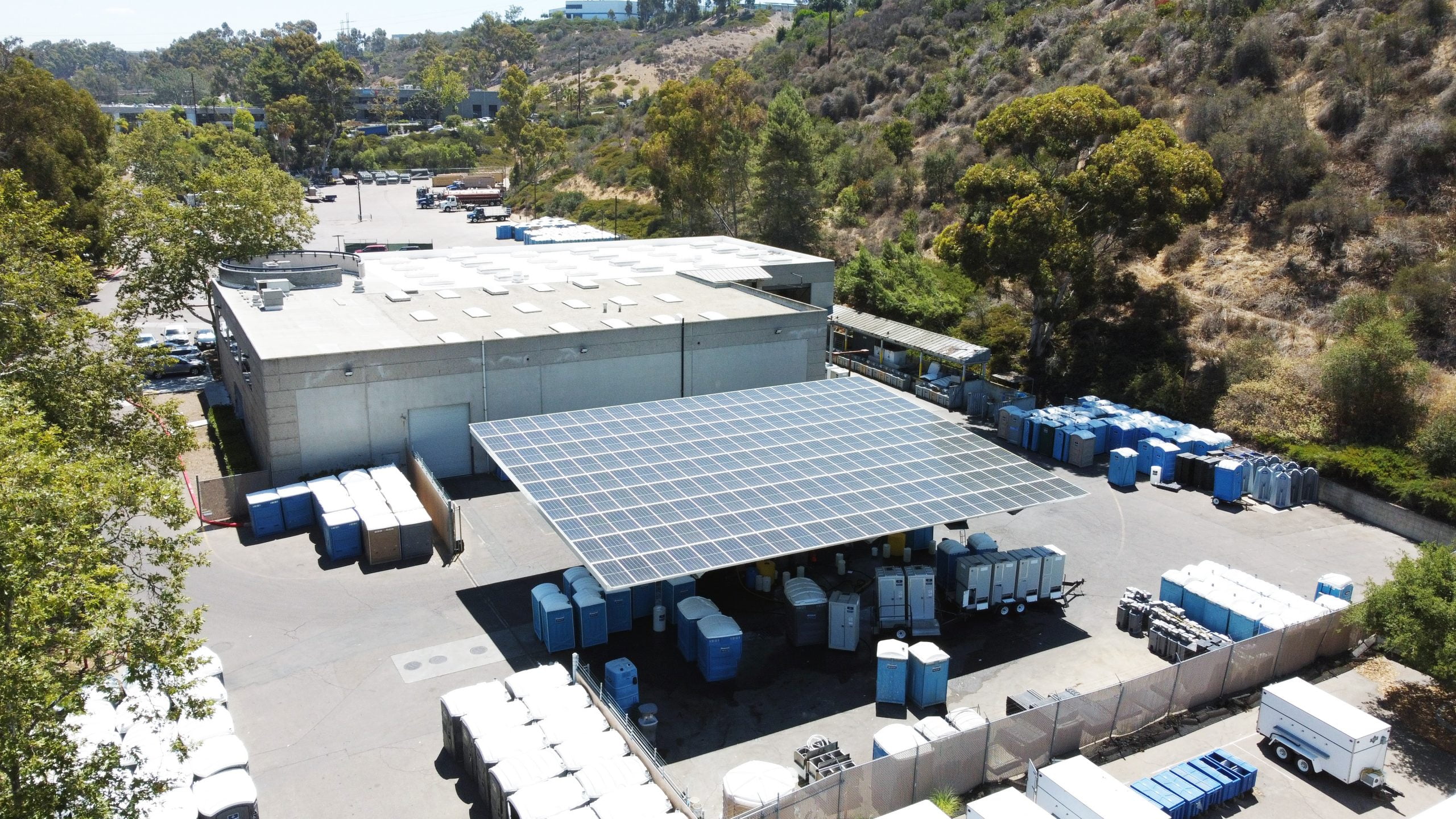
Designing a Commercial Solar System
Selecting the right installation type is only part of the equation. To fully maximize performance and return on investment, your solar system must be custom-designed for your facility. No two buildings or businesses are alike, and design considerations must reflect that.
System designers must account for:
- Available square feet of roof or ground space
- Structural compatibility
- Local building codes
- Energy requirements based on historical energy consumption
- Expected solar savings based on sun exposure and electricity generation.
A capable design team plays a crucial role in assessing feasibility, optimizing system layout, and integrating components such as solar modules, inverter-based projects, and battery systems.
Key Financial Incentives & Tax Benefits for Commercial Solar
One of the strongest arguments for going solar is the opportunity to reduce costs through available financial programs. The U.S. government offers a wide range of financial incentives to encourage commercial solar installations, making solar not only environmentally responsible but also financially compelling.
Some of the most impactful incentives include:
➤ Federal Investment Tax Credit (ITC)
Currently offering a 30% deduction on solar installation costs, the federal investment tax credit is a cornerstone incentive. It allows business owners to significantly reduce initial costs and improve return on investment. This credit is available for systems installed between 2022 and 2032. The percentage will gradually decrease to 26% in 2033 and 22% in 2034, expiring in 2035 unless renewed by Congress.
➤ Property Tax Exemptions
In many states, the value added to your property by solar improvements is exempt from property tax—helping reduce additional costs while increasing your property’s value. For instance, California has excluded solar installations from property tax assessments since 1980, encouraging solar adoption without increasing property tax burdens.
➤ State & Local Incentives
Each state offers different solar incentives and electric incentives. These programs may include rebates, performance-based incentives, or sales tax exemptions. For example, Connecticut offers a sales tax exemption for solar and geothermal energy devices, allowing commercial property owners to save over $1,300 on equipment purchases.
➤ Renewable Energy Certificates (RECs)
Generate additional income through RECs by selling the rights to your clean electricity to companies required to meet renewable energy targets. This provides a continuous revenue stream and supports the broader adoption of renewable energy.
➤ Bonus Incentives for Domestic Content
Some federal programs offer higher incentives for meeting domestic content requirements, rewarding buyers who use U.S.-made solar components in their systems.
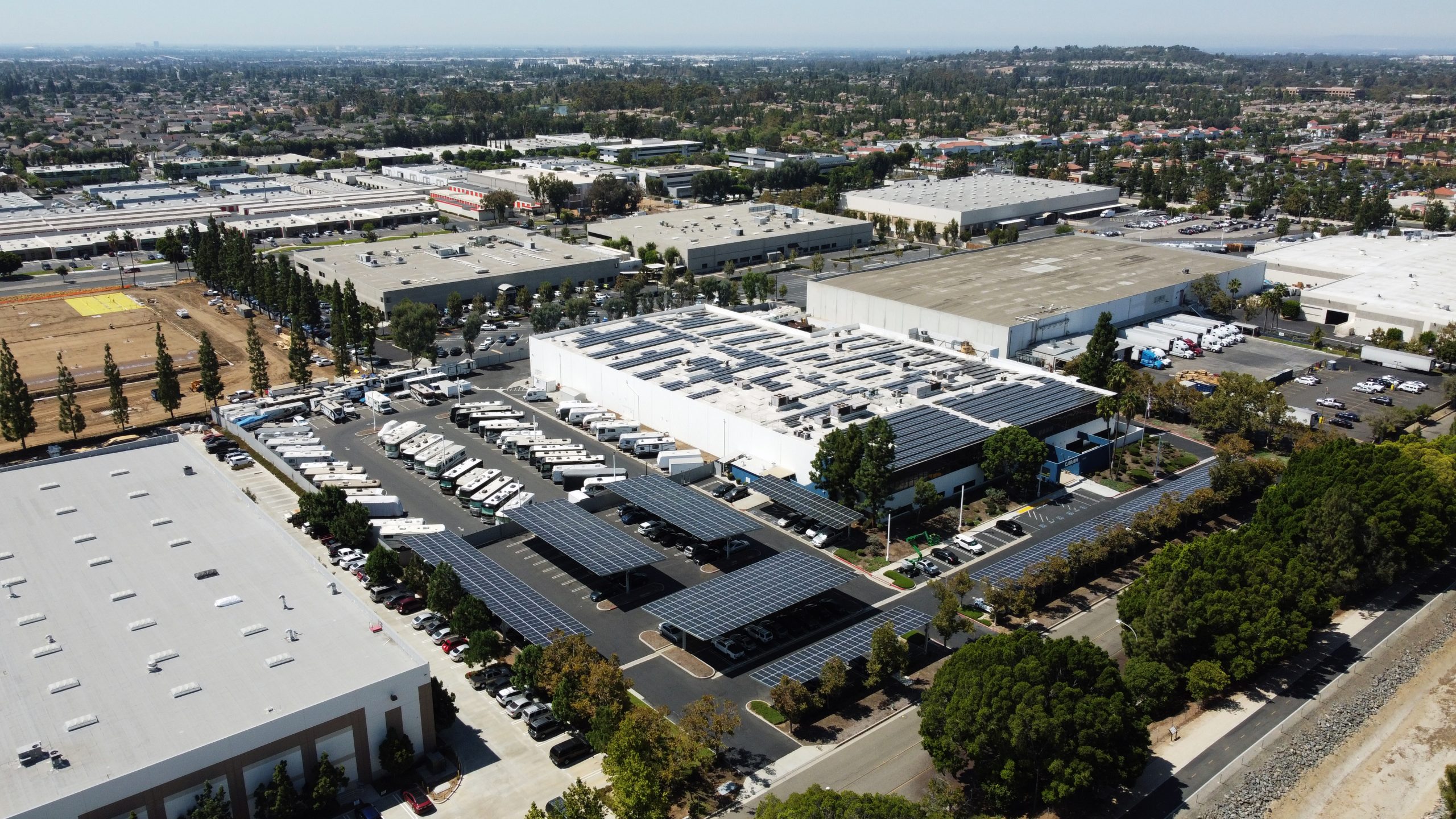
Cost Considerations: What to Expect with Commercial Solar
Understanding the economics of solar is critical to making an informed decision. The total solar investment depends on multiple variables, including system size, application type, and solar installation company pricing models.
Here are the key cost factors to evaluate:
➤ Upfront Costs
Upfront costs vary based on system type, size, and configuration. However, many of these are offset through tax benefit programs and solar tax credits.
➤ Average Cost and Payback Period
- The average cost per watt for commercial systems continues to decrease due to scale and technology advances.
- The average payback period for solar is between 5–7 years.
- Businesses typically begin to see additional savings in utility expenses after this period.
➤ Long-Term Value
After recouping the initial costs, businesses often enjoy 20–30 years of reduced energy bills, lowered operating costs, and improved building valuation. It’s not just a solar investment—it’s a long-term strategy for business growth.
Installation Timeline & Process
Once you decide to go solar, the next step is navigating the installation process—a structured, multi-phase approach designed to ensure compliance, performance, and efficiency. A smooth solar installation process can typically be completed in just a few months, depending on project size, permitting timelines, and equipment availability.
Here’s a step-by-step overview of what to expect:
1. Energy Audit & Feasibility Study
The process begins with a review of your energy bills, facility layout, and electricity consumption. Evaluating energy demands, utility rates, and historical usage patterns helps define the scope of your solar project.
2. Site Assessment & Engineering
Next, a detailed site visit is conducted to measure roof space or land availability, assess sun exposure, verify building codes compliance, and determine structural integrity. During this phase, engineering services are engaged to model the system layout using high-precision tools.
3. System Design
Using insights from the assessment, the design team creates a custom layout incorporating all relevant components—solar modules, inverters, battery systems, and monitoring tools. Considerations for excess generation, inverter-based projects, and clean technologies are addressed to maximize energy output.
4. Permitting & Application
A complete application package is prepared, including system specs, engineering plans, and necessary forms to obtain building permits. This package ensures compliance with local regulations and may also support applications for government incentives and federal tax incentives.
5. Procurement & Installation
Once approved, materials are sourced (with attention to domestic content requirements when applicable), and the solar panel installation begins. Most systems are installed with minimal disruption to day-to-day business operations. Safety standards and building code compliance are strictly followed.
6. Commissioning & Utility Interconnection
Upon completion, the system is tested and connected to the electric grid. This step includes coordination with utility providers, meter installation, and system activation to begin electricity generation.
7. Ongoing Maintenance & Monitoring
After the system goes live, annual maintenance is scheduled to ensure long-term performance. Remote monitoring tools track energy production, electric energy flow, and detect any anomalies—ensuring your system continues to meet your energy goals reliably.
The Environmental and Business Case for Solar
Beyond cost savings, solar offers measurable advantages for both environmental stewardship and operational resilience. By generating clean electricity on-site, businesses reduce pressure on the power grid, cut carbon emissions, and show a commitment to corporate responsibility.
Moreover, solar-equipped commercial buildings often enjoy greater energy independence, protection against volatile energy prices, and alignment with evolving ESG requirements. These benefits not only attract sustainability-minded investors but also enhance long-term business continuity.
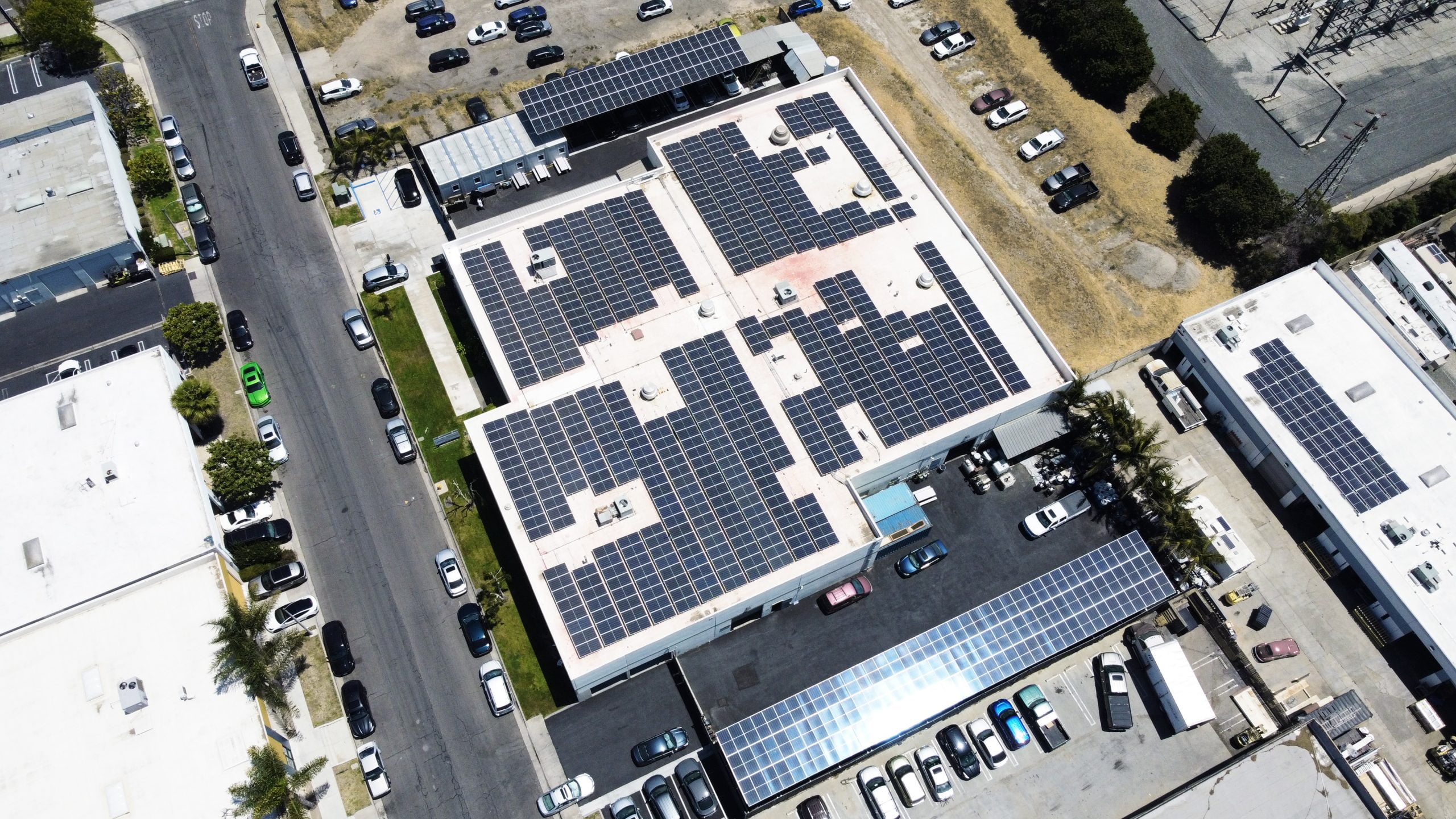
Ready to Power Your Business with Commercial Solar?
Whether you’re looking to lower your operating costs, gain energy independence, or reduce your carbon footprint, Revel Energy is your trusted service provider for custom-designed, scalable, and high-performing solar energy systems.
We help commercial customers of all sizes turn their rooftops, land, or facilities into revenue-generating assets that deliver affordable electricity and align with today’s clean energy expectations.
Contact us today to schedule your custom consultation and discover the full potential of your commercial solar options.
Frequently Asked Questions (FAQ)
Rooftop systems, ground-mounted systems, carport canopies, solar with battery storage, operating leases, and PPAs are all viable options, depending on your site and energy goals.
From consultation to connection to the electric grid, most systems are completed in 4–8 months, depending on project size and permitting timelines.
Yes. Battery systems enhance solar applications by providing backup power and storing excess generation for use during high electricity demand or grid outages.
The average payback period is 5–7 years, with significant long-term savings, tax advantages, and increased property value contributing to a strong return on investment.
While solar power systems significantly reduce electricity bills, you may still draw from the utility grid at night or during heavy energy consumption. However, overall energy savings can be substantial.
System requirements vary, but most commercial panels need 10,000–20,000 square feet depending on energy requirements and sun exposure.
Yes. As long as building codes are met and the structure supports solar panel installation, even older buildings can benefit from commercial solar options.
Commercial grade rooftop solar is ideal for: manufacturing, warehousing, logistics, industrial, retail, hospitality buildings and more with over 10,000 sq. ft. rooftops.
CARPORT SOLAR
Free standing carport solar generates added solar power for properties with limited rooftop space. Added benefits include shading and protection for employees vehicles.
Crucial for reducing peak demand charges. Automated to supply electricity when your panels won’t. Energy storage is ideal for businesses that incur significant peak charges.
As the popularity of electric vehicles increase, so does the demand for on-site charging. This sustainable amenity has become a parking lot fixture for competitive employers.
OUR SERVICES
TURNKEY COMMERCIAL GRADE SOLAR, ENERGY STORAGE, LED LIGHTING AND MORE.
PROFESSIONAL GUIDANCE
CUSTOM TAILORED PLANNING
CONSTRUCTION & INSTALLATION
CSLB #1106092
Client Testimonial: Kelemen Company
Corporate Business Park in Irvine, CA has created significant electricity cost savings through commercial solar installed across the 5-building business park.
Client Testimonial: Tice Gardner & Fujimoto LLP
See how this CPA firm saved on electricity and gained valuable tax credits through commercial solar that they used to keep cash in the businesses.

